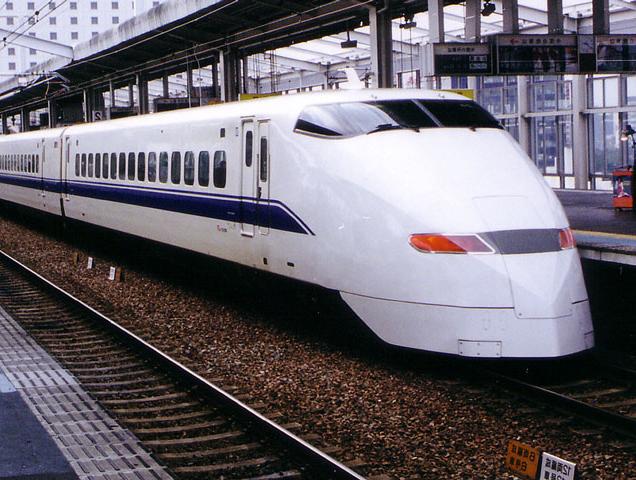4.6 billion years ago,
the Terrestrial planets formed through the coalescence of
small solid particles into planetesimals and then
through the accretion of
the planetesimals into planet-sized objects. The planetesimals
were unable to capture and hold gases because of their small masses
and the high temperature of the inner Solar Nebula. The formation process
led to an initially homogeneous set of bodies, that is,
objects where the chemical elements were mixed together. After formation,
the interiors of the planets started to melt (or at least became soft) through:
Chemical
differentiation started
during the first few hundred million years after the Earth's formation.
The Earth heated to a temperature around 3,000 F at a depth of
500 or so kilometers. At this point, iron can melt and iron (and other heavy elements)
settled at this level. From here, they slowly sank to the Earth's core, releasing energy
as they sank eventually helping to melt the core along with the
energy release from the decay of radioactivbe nuclei.
Chemical differentiation
Chemical differentiation then took place in the molten Earth. The reason
is easy to understand; dense material
sinks while less dense material floats. For example, in a glass of water,
metals sink because they are denser than water. Things like cork and
wood float because they are less dense than water.

For the Earth, this meant that dense
elements such as iron and nickel sank to the center of the Earth
while less dense materials like the silicates rose (floated) to the
surface.
This effect led to the three-layered structure of our planet; the
crust, mantle, and
core
(where these layers are defined by their chemical composition).
Interiors of the Earth and Moon (and other Terrestrial Planets)
To demonstrate the rich range of structures and behaviors possible
for Terrestrial planets,
consider the current Mercury,
Venus, the Earth, Moon, and Mars:

The Terrestrial planets are divided into regions depending on the chemical
composition of the material. The planets are divided into the crust, mantle, and core. The crust and mantle are composed
of silicates; the core is composed of iron and nickel.

|
Consider the Earth in More Detail
- The temperature of the Earth increases as you
move inward because: (i) there is
residual heat left over from the formation of the
Earth (accretion heat); and (ii) there is current heat input
from the decay of the
radioactive nuclei. Based on models of the interior
of the Earth, the temperature of the core has been inferred to
be as high as 7,500 C or roughly
13,500 F.
- Since the Earth is hottest at its center and
coolest at its surface, heat
flows outward from the core to the surface of the Earth.
There are three ways
for heat to flow:
The fact that energy is carried by convection
in the mantle turns out to be very
important as these large-scale mass motions produce
the plate tectonic activity found on the Earth.
More on this important topic later.
- The separation of the Earth into the
crust, the mantle, and the core (although natural because
it represents a
separation by composition) is not the best way
to look at the structure of
the Earth from a mechanical standpoint.
It turns out that the crust and
the outer part of the mantle form a rigid unit,
the lithosphere
which
sits upon a plastic layer (which can "flow")
known as the asthenosphere.
Below the asthenosphere sits the core material.
|

|
Comments on the Moon
The structure of the Moon is quite similar to that of
the Earth, however, there are differences.
For example, the crust of
the Moon is asymmetric. It is thinner on the side which faces the
Earth.
An important difference is that the core of the Moon is much cooler and
smaller than the core of the
Earth; the core may not be molten. The Moon's core reaches
nearly 3,000 farenheit close to hot enough to melt its iron core. However,
because of the high core pressure, the inner core is solid with only
perhaps an outer liquid core based on seismology and modeling.
This important difference the Earth and the Moon
arises simply because the Moon is smaller than is the
Earth.
The size of the Moon
controls whether the Moon is hot or cold in its interior today
|
The amount of internal heat in a planet is crucial
to its geological activity--the geological activity
of a planet is driven by the heat flow from the
interior to the surface.







